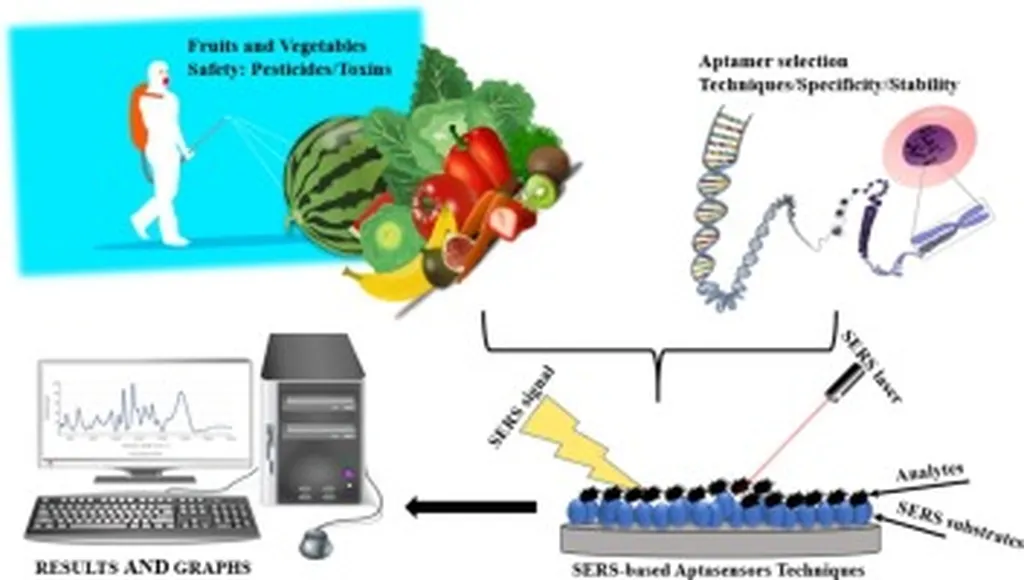In the relentless pursuit of higher crop yields and food security, modern agriculture has leaned heavily on pesticides. However, this intensive use has left an indelible mark on our food systems and the environment, with pesticide residues posing significant health risks. A recent review published in *Frontiers in Plant Science* delves into the latest advancements in pesticide residue detection techniques, offering a beacon of hope for enhancing food safety and agricultural productivity.
The review, led by Muhammad Umer of the College of Agronomy and Life Sciences at Zhaotong University in China, meticulously examines the array of methods currently employed to detect pesticide residues. From traditional techniques like gas chromatography (GC) and liquid chromatography (LC) to cutting-edge technologies such as biosensors and spectroscopy, the study provides a comprehensive overview of the tools at our disposal.
“Our goal was to critically evaluate the current methodologies and highlight the transformative potential of emerging technologies,” Umer explained. The review underscores the importance of sensitive and specific detection methods, particularly in complex matrices like fruits and vegetables, where residues can accumulate and pose health risks.
One of the most promising advancements highlighted in the review is the integration of metabolomics with advanced platforms like machine learning and microfluidic innovations. This omics-driven approach not only enhances our ability to detect pesticide residues but also provides deeper insights into the biochemical and physiological consequences of pesticide exposure on plants.
“The integration of metabolomics with AI-assisted approaches is a game-changer,” Umer noted. “It allows us to not only detect residues but also understand the metabolic responses of plants under pesticide stress, paving the way for more informed and sustainable agricultural practices.”
The review also emphasizes the need for harmonization of residue standards and the development of cost-effective, high-throughput analytical platforms. This harmonization is crucial for ensuring food safety and improving risk assessment, ultimately benefiting both consumers and the agriculture sector.
For the agriculture industry, the implications are profound. Enhanced detection techniques can lead to more precise and timely interventions, reducing the risk of pesticide residues in food products and boosting consumer confidence. Moreover, the integration of green chemistry principles and microfluidic innovations can make these detection methods more sustainable and accessible, further benefiting the sector.
As we look to the future, the review advocates for a multi-omics approach to evaluate the quality of organic farming products, ensuring that consumers can trust the labels on their food. This holistic approach not only enhances food safety but also promotes sustainable agricultural practices, ultimately contributing to a healthier planet.
In the ever-evolving landscape of agricultural technology, this review serves as a timely reminder of the importance of innovation and collaboration. By embracing the latest advancements in pesticide residue detection, the agriculture sector can continue to thrive while safeguarding the health of consumers and the environment.

